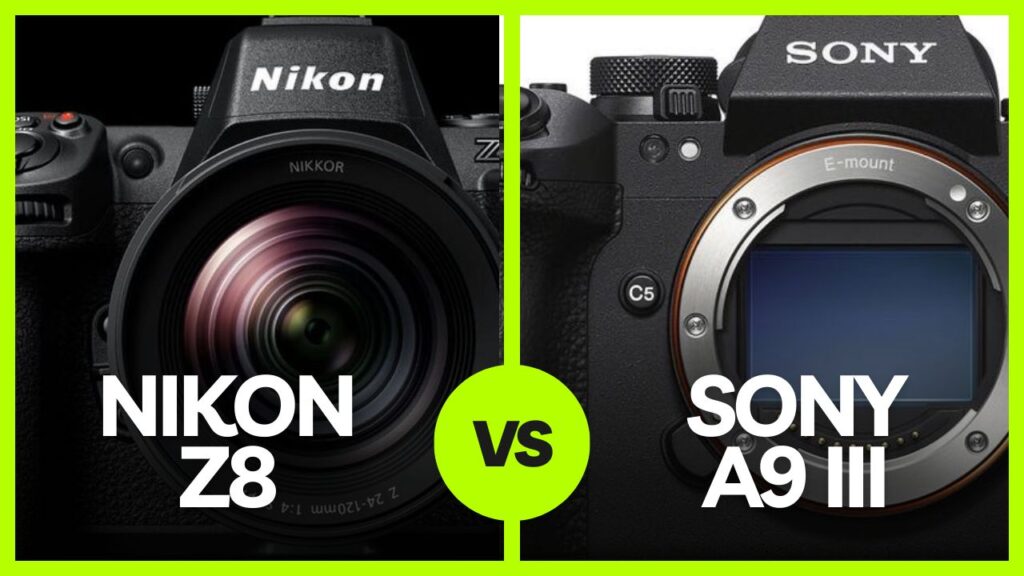The Sony A9 III vs Nikon Z8 are two highly anticipated flagship cameras from their respective brands. The Sony A9 III is expected to be a significant upgrade over its predecessor, the A9 II, featuring improved autofocus capabilities, faster burst shooting, and enhanced low-light performance. On the other hand, the Nikon Z8 is rumored to be a high-resolution mirrorless camera, potentially featuring a sensor with around 60 megapixels, making it an ideal choice for landscape and studio photographers.
For photography professionals, choosing the right camera is crucial as it directly impacts their work and creative output. The right camera can provide the necessary features, performance, and image quality to meet the demanding requirements of professional photography. Factors such as autofocus accuracy, buffer capacity, dynamic range, and low-light performance play a vital role in capturing stunning images consistently.


This comparison article aims to provide an in-depth analysis of the Sony A9 III and Nikon Z8, highlighting their respective strengths, weaknesses, and unique features. By dissecting these two cameras, photography professionals can make an informed decision on which one better suits their specific needs and workflow, ultimately helping them to produce exceptional images that meet or exceed their clients’ expectations.
Technical Specifications Sony a9 iii vs Nikon z8
Sony A9 III


| Feature | Description |
|---|---|
| Sensor Resolution | 50.1 megapixels check on Amazon |
| ISO Range | 100 – 51,200 (expandable to 204,800) |
| Continuous Shooting | Up to 20 fps with autofocus and auto-exposure tracking |
| Autofocus System | 693 phase-detection autofocus points |
| Battery Life | Up to 680 shots per charge |
| Video Capabilities | – 4K video recording at up to 60 fps – 10-bit color depth – S-Log3 gamma – HLG support |
Nikon Z8

| Feature | Description |
|---|---|
| Sensor Resolution | 45.7 megapixels check on Amazon |
| ISO Range | 64 – 25,600 (expandable to 102,400) |
| Continuous Shooting | Up to 14 fps with full autofocus and auto-exposure tracking |
| Autofocus System | 493 phase-detection autofocus points |
| Battery Life | Up to 520 shots per charge |
| Video Capabilities | – 4K video recording at up to 60 fps – 10-bit color depth – N-Log gamma – ProRes RAW support |
Nikon Z8 vs. Sony A9 III: Image Quality Comparison
| Aspect | Sony A9 III | Nikon Z8 |
|---|---|---|
| Sensor Size | 50.1 megapixels | 45.7 megapixels |
| ISO Range | 100 – 51,200 (expandable to 204,800) | 64 – 25,600 (expandable to 102,400) |
| Low-Light Performance | Excellent performance in low-light conditions | Good low-light performance, but not as extensive as Sony A9 III |
| Dynamic Range | High dynamic range | Slightly lower dynamic range compared to Sony A9 III |
| Color Accuracy | Potentially more accurate and vibrant colors out of the box | High color accuracy |
| Overall Image Quality | Exceptional detail capture and flexibility | Excellent image quality with slightly lower resolution but comparable performance in various shooting conditions |
The Sony A9 III has a slight edge in low-light performance and dynamic range.
Autofocus Performance: Sony a9 iii vs Nikon z8
When it comes to autofocus performance, both the Nikon Z8 and Sony A9 III are impressive, though with some distinct differences. The Nikon Z8 features a hybrid autofocus system with 493 phase-detection points, providing excellent coverage across the frame. The Sony A9 III, on the other hand, boasts an even more extensive autofocus system with 693 phase-detection points, giving it a slight edge in terms of focus point density and coverage.
Burst Shooting:
The Sony A9 III can shoot at up to 20fps with full autofocus, whereas the Nikon Z8 tops out at 14fps.
In terms of speed and accuracy, both cameras excel, with the Sony A9 III having a slight advantage in continuous autofocus performance, thanks to its ability to shoot at up to 20 frames per second with full AF/AE tracking. The Nikon Z8, while still highly capable, tops out at 14 frames per second in continuous shooting.


Both cameras also feature advanced eye-detection autofocus technology, allowing them to reliably lock onto and track the eyes of portrait subjects. This feature is particularly useful for portrait, wedding, and wildlife photographers who rely on precise focus on the subject’s eyes.
Overall, the autofocus performance of these two flagship mirrorless cameras is exceptional, with the Sony A9 III perhaps having a slight edge in terms of speed and tracking capabilities.
Related Post: Ultimate Guide To Mirrorless Cameras
User-Friendly and Handling: Sony a9 iii vs Nikon z8
Both the Nikon Z8 and Sony A9 III are built to a high standard, with robust, weather-sealed magnesium alloy bodies that can withstand the demands of professional use. However, the overall ergonomics and handling characteristics of the two cameras do differ.
The Nikon Z8 features a more pronounced grip and a button/control layout that many Nikon users will find familiar and intuitive. The camera’s deep grip provides excellent handling and support, especially when using larger lenses. The button placement and customization options also allow users to personalize the camera to their shooting style.
In contrast, the Sony A9 III has a more compact, streamlined body design that some may find easier to maneuver in tight spaces. The button layout, while configurable, may take a bit more time to get accustomed to for those transitioning from other camera systems.
Both cameras offer excellent build quality and weather sealing, ensuring they can withstand the rigors of professional photography in challenging environments. Ultimately, the choice between the two will come down to personal preference and the specific needs of the user.
Lens And Compatibility Sony a9 iii vs Nikon z8
| Aspect | Nikon Z8 | Sony A9 III |
|---|---|---|
| Native Lens Options | Growing lineup of high-quality Z-mount lenses covering various focal lengths and applications | Expansive selection of native E-mount lenses from Sony and third-party manufacturers like Sigma, Tamron, and Zeiss |
| Lens Variety | Wide range of lenses available, including ultra-wide to super-telephoto options | Diverse selection of lenses catering to different photography needs, offering creative flexibility and versatility |
| Compatibility | Compatibility with Nikon’s extensive legacy F-mount lenses through adapters | Compatibility with third-party lenses in addition to native Sony lenses, providing a broader range of options and creative possibilities |
User Experience and Interface: Nikon Z8 vs. Sony A9 III
The user experience and interface of the Nikon Z8 and Sony A9 III are both well-designed, though they do differ in some key areas.
The Nikon Z8 features a familiar menu system and button layout that will be immediately recognizable to those accustomed to Nikon’s DSLR cameras. The menu structure is logically organized, and the camera offers a high degree of customization, allowing users to tailor the button and control assignments to their individual preferences.
In contrast, the Sony A9 III’s menu system and button layout may take some getting used to, especially for those new to the Sony ecosystem. However, the camera’s extensive customization options and touch-sensitive rear display provide a high level of user control and flexibility.
Both cameras feature high-quality electronic viewfinders (EVFs) and rear displays, with the Nikon Z8 offering a slightly higher-resolution EVF. The touchscreen functionality on both models is responsive and intuitive, enhancing the overall user experience.
Ultimately, the choice between the Nikon Z8 and Sony A9 III’s user interface will largely come down to personal preference and familiarity with each camera system.
Connectivity Features: Sony a9 iii vs Nikon z8
When it comes to connectivity features, both the Nikon Z8 and Sony A9 III offer a comprehensive suite of options to meet the needs of modern photographers and videographers.
The Nikon Z8 features built-in Wi-Fi and Bluetooth connectivity, allowing users to wirelessly transfer images and remotely control the camera from a smartphone or tablet. The camera also supports wired tethering via a USB-C port, making it a suitable choice for studio and location-based workflows.


Similarly, the Sony A9 III offers Wi-Fi and Bluetooth connectivity, as well as the ability to tether the camera via a USB-C port. Additionally, the Sony camera incorporates a LAN port, providing a wired Ethernet connection for high-speed data transfer and remote operation.
Both cameras also feature a range of external ports, including HDMI, headphone, and microphone jacks, catering to the needs of advanced video users. The Nikon Z8 and Sony A9 III are well-equipped to handle a variety of connectivity requirements, ensuring seamless integration into professional photography and videography setups.
Price and Value: Nikon Z8 vs. Sony A9 III
| Aspect | Nikon Z8 | Sony A9 III |
|---|---|---|
| Initial Cost | Typically retails for around $5,499 for the body-only configuration Check Price On Amazon | Priced at approximately $5,499 for the body-only configuration Check price on Amazon |
| Long-Term Investment | Growing Z-mount lens ecosystem may require additional investment in acquiring specific lenses | Mature E-mount system offers a broader range of lens options, potentially reducing long-term investment needs |
| Cost-Effectiveness | Exceptional image quality, performance, and durability for professional use | Exceptional image quality, performance, and durability for professional use |
| Professional Value | Comparable value proposition with similar pricing, considering high-end features and capabilities | Comparable value proposition with similar pricing, considering high-end features and capabilities |
| Overall Considerations | Long-term lens investment may slightly increase total cost of ownership | Broad range of high-quality lens options may offer more cost-effective solutions for professional needs |
Final Thoughts:
Both the Sony A9 III and Nikon Z8 are exceptional, high-end mirrorless cameras that cater to the needs of professional photographers and videographers. The decision ultimately comes down to personal preferences, shooting style, and the specific requirements of the user. Careful consideration of the key differences between these two cameras will help determine the best fit for your photography and video needs.

